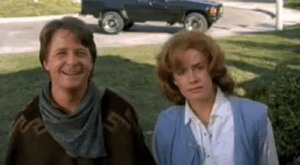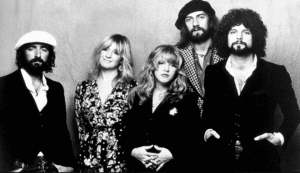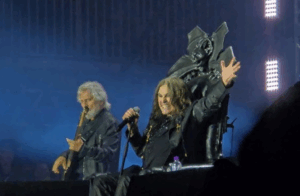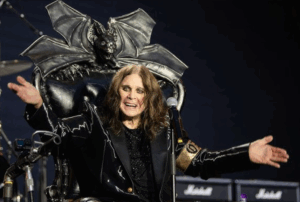The Reality Behind “Darkness on the Edge of Town” From Bruce Springsteen
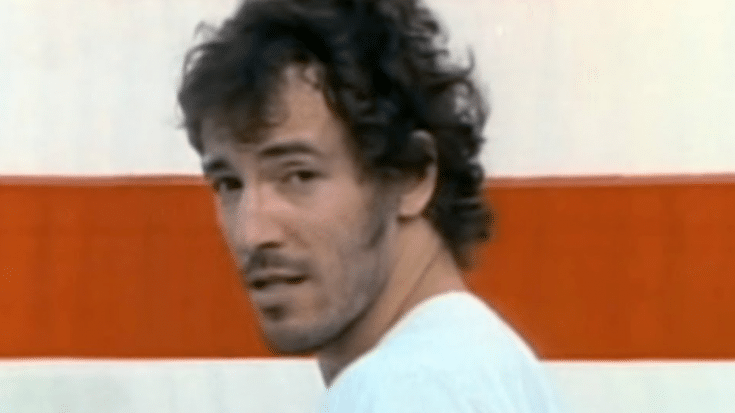
The Story Behind "Born In The USA" by Bruce Springsteen
When Bruce Springsteen wrote Darkness on the Edge of Town, he was stuck in a frustrating legal battle with his former manager. He couldn’t record, but he could write—and write he did. Fueled by restlessness and ambition, he poured his soul into songwriting, churning out more material than he could use. With energy that felt like it was borrowed from Motown legends Holland-Dozier-Holland, Springsteen set the stage for one of his most raw and powerful records.
The Sound of Stuck Souls
Unlike Born to Run, where characters chase escape and freedom, Darkness on the Edge of Town tells the stories of people who’ve stopped running—either because they can’t or because they’ve hit a wall. These are lives lived in slow motion, weighed down by work, disappointment, and loss.
The title track follows a man who’s hit rock bottom. He’s lost his wife and his money, and with them, all sense of control. This is captured in the lines:
“Now some folks are born into a good life / And other folks get it anyway, anyhow / Well now I lost my money and I lost my wife / Them things don’t seem to matter much to me now”
Springsteen had the name of the song before he had the lyrics—then challenged himself to write something worthy of it. The result is a haunting story of someone living on the outskirts, both literally and emotionally.
Born from Real Faces and Hard Places
The man in the song lives at the edge of town—under a bridge, on a hill, or in his own mind. He’s built from people Springsteen knew growing up in New Jersey. He’s not trying to win; he’s just trying to show up. As the lyrics go:
“Tonight I’ll be on that hill ’cause I can’t stop / I’ll be on that hill with everything I got… / In the darkness on the edge of town”
This isn’t a redemption arc. It’s a glimpse into the lives of those who don’t get a big break. The song doesn’t offer hope, but it does offer truth. And for some, that’s just as important.
Turning Down the Volume, Turning Up the Truth
After the blockbuster success of Born to Run, Springsteen didn’t try to replicate it. Instead, he stripped the sound down. Darkness on the Edge of Town is lean, almost barebones at times. Drummer Max Weinberg trades in explosive energy for a steady, pounding beat that matches the album’s gritty tone.
Bruce had the chance to ride the wave, but instead, he anchored himself in something heavier. He even left “Because the Night” off the album—despite its hit potential—choosing to hand it to Patti Smith instead. That move said it all: this album wasn’t built for the radio. It was built to last.
Dreams, Collisions, and American Reality
The album’s first track, “Badlands,” and its closing title track are like emotional bookends. They show the collision between dreams and reality, between what we hope for and what we actually live. Springsteen concerts might feel like communal celebrations, but the songs themselves are honest reflections of American life—told by a guy who lived it, not just watched it.
Darkness on the Edge of Town didn’t outsell Born to Run, but over time, it became a favorite among diehard fans. It’s the record that showed Bruce wasn’t just a rock star—he was a storyteller with a conscience.
This isn’t Norman Rockwell’s America. It’s bruised, bruising, and sometimes barely hanging on—but it’s real. And that’s what makes Darkness on the Edge of Town one of Springsteen’s most powerful works.





